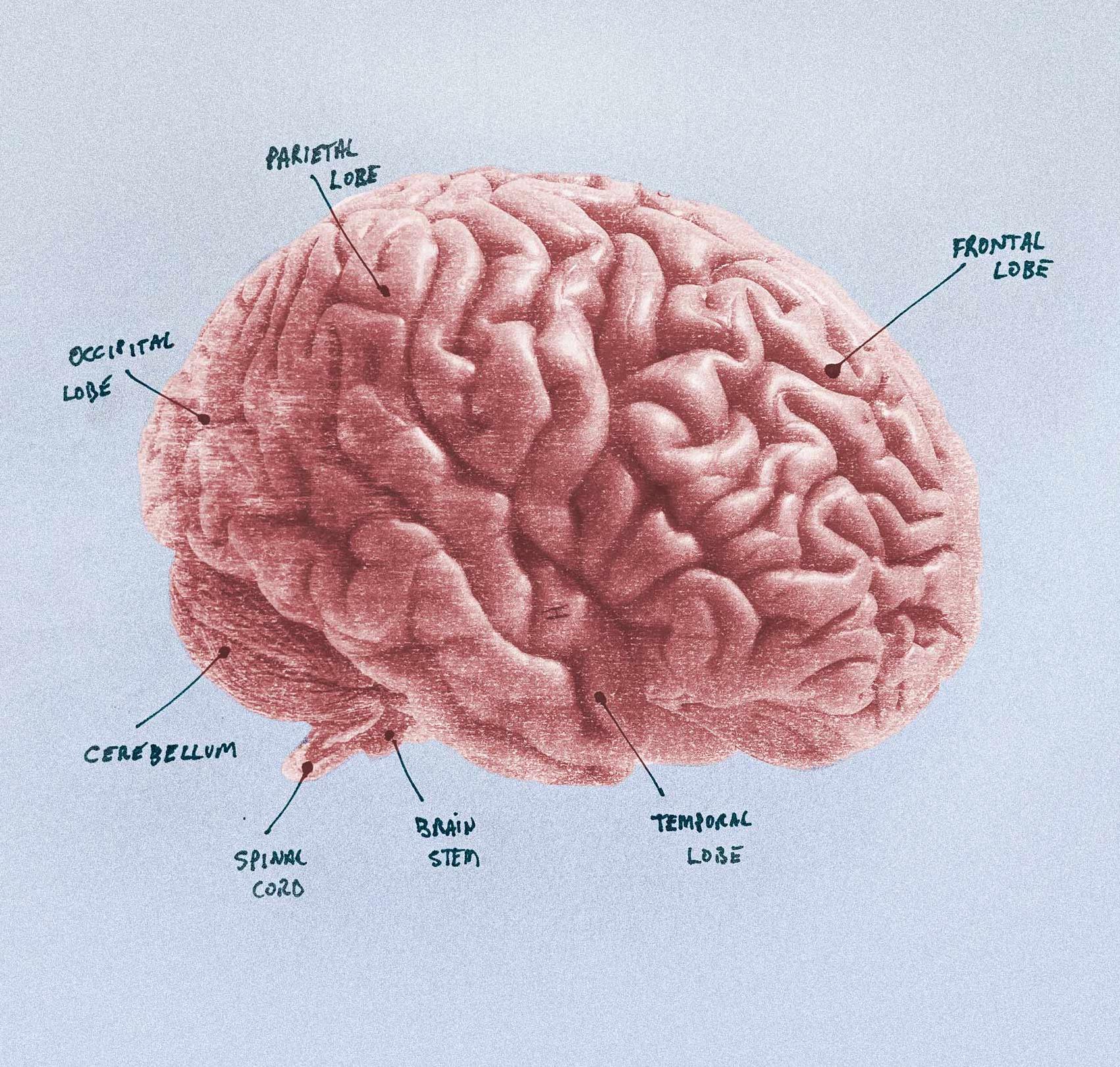Study Women

Much of Emily Jacobs’ research focuses on how sex hormones — estrogen, progesterone, testosterone — affect the brain. Where are they acting? On what circuits? And over what time span?
She studies these changes in both men and women, but Jacobs, a neuroscientist and a professor of psychological and brain sciences, is keenly aware that the female brain has, historically, been overlooked.
“Most of what we know about health and disease is centered on the male body,” Jacobs says. “Science and medicine have been fearful of women’s bodies for millennia.”
This oversight persists not out of malice, Jacobs posits, but stems from a lack of representation. Could it be, she asks, that male scientists don’t think about the female body and brain because it is not central to their everyday lives? Jacobs has sought to correct this imbalance, pursuing studies that focus specifically on the brain during menopause, the menstrual cycle and pregnancy.
Therein lie the twin themes of her life: the power of scientific inquiry and the power of the female perspective. In all that she does, Jacobs puts women — their lived experiences, their health, their biology — at the forefront.
“For me and my lab,” she says, “shining a floodlight on women’s brain health motivates everything that we do.”
Charging Ahead
Named one of 10 scientists to watch by Science News in 2022, Jacobs, with her lab at UC Santa Barbara, is now leading a multicampus initiative to study female brain health, in partnership with UC Berkeley and UC Irvine. The project, the Ann S. Bowers Women’s Brain Health Initiative, will pool data across several UC brain imaging centers to answer a large range of questions about how reproductive factors (such as the use of hormonal birth control or an irregular menstrual cycle) might shape the brain.
“We are decades behind where we should be in research into women’s health,” Jacobs says, “this Initiative is a major step forward.”
Art by Matt Perko